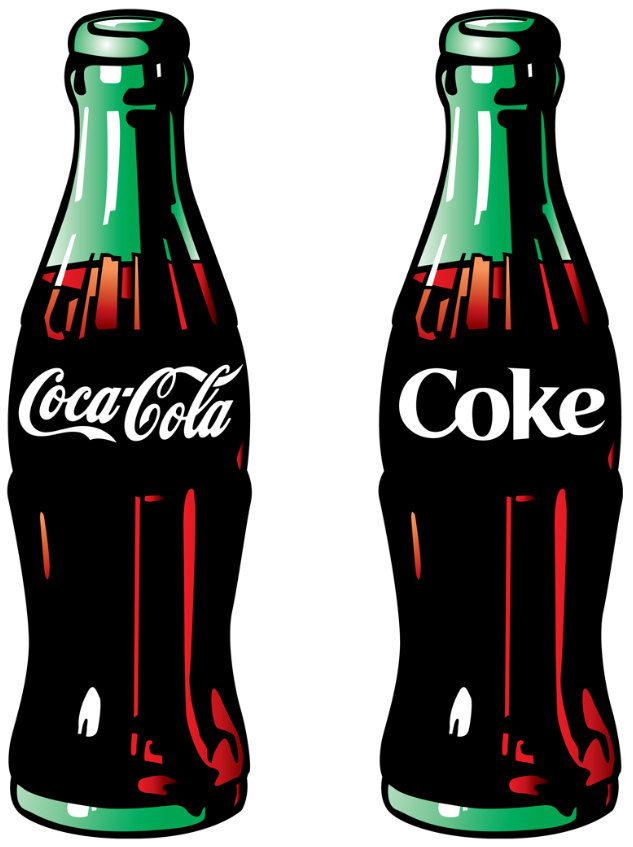BMW’s NEW LOVE FOR CARBON FIBER
BMW is putting a heavy emphasis on carbon fiber. This design decision is based in the company’s larger strategy of endeavoring to grow its electric-car market. It is trying to stay ahead of the competition, says Sanford C. Bernstein analyst Max Warburton (Chris Reiter, “BMW Has Seen the Future, and It’s Carbon” Bloomberg Businessweek , 11/25/13–12/1/13, pp. 21–22):
“ BMW’s decision to go all-out and do carbon-bodied electric cars is brave. . . . It’s a reminder that they’re [thinking] more long-term than the competition. ” (p. 21)
Carbon fiber is stronger than steel, but it is also about 20 times costlier than steel. Therefore, BMW decided to manufacture its own carbon fiber at a new plant in rural Washington (a joint venture with Germany’s SGL Carbon) instead of the more conventional approach of strategically outsourcing the component. Again, in line with its long-term vision, the company wants to own key manufacturing processes and thereby better control the costs:
“ The choice of site was influenced by its proximity to the Columbia River. The hydroelectricity that powers the plant’s furnaces and other machinery costs about 3 cents per kilowatt hour, less than one-fifth what the company would have to pay in Germany. ” (p. 22)
I commend BMW for its strong progressive approach. Carbon fiber has amazing properties such as strength and low weight. It is already designed into superjumbo jets, military applications, and Formula 1 racecars. As demands for improved fuel efficiency and lighter-weight vehicles increase, years from now, BMW should be able to say this was a smart decision.
Of course, we never know for sure what the future holds. However, this seems to be one calculated strategy decision based on available knowledge that will likely produce a high payback.










